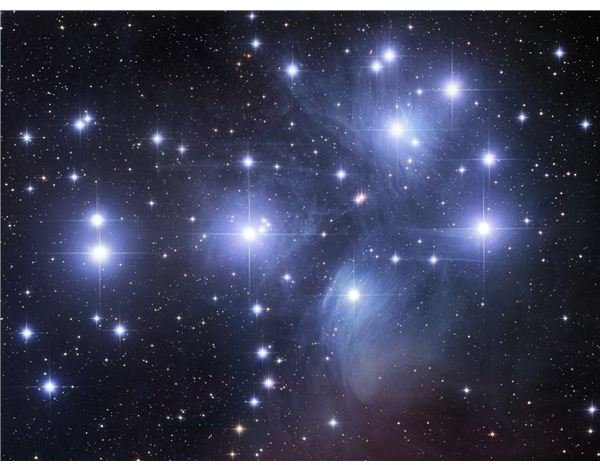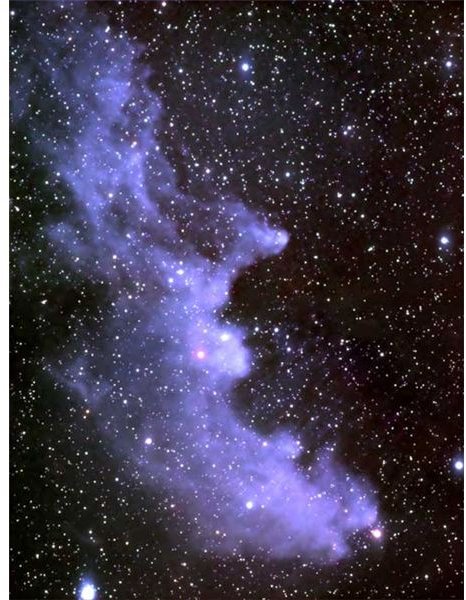Reflection Nebula Information and Inner Workings
What Are Nebulae?
A nebula, to put it simply, is an enormous cloud of gas and dust out in space. Early astronomers used the word nebula to describe any fuzzy object out in space, and some objects we now know to be galaxies of stars were once thought to just be clouds of gas in our own Milky Way. Nebulae are split up into two subclasses: planetary nebulae and diffuse nebulae. A planetary nebula is the expelled outer shell of a star that has gone nova, as opposed to a diffuse nebula, which is an enormous cloud of gas left over from the big bang that has not turned into a star. Diffuse nebulae can be huge structures, holding enough gas sometimes to create 100,000 stars the size of the Sun. A reflection nebula is a certain kind of diffuse nebula that simply reflects the light of a nearby star.
Diffuse nebulae are further broken down into three classes: emission nebulae, reflection nebulae, and dark nebulae. An emission nebula actually creates its own light, while a reflection nebula can only be seen through reflected light. Dark nebulae are not close enough to stars to be seen in the visible wavelength of light, or they block the transmission of light from stars behind them, and must be detected through other methods.
Some Background Science
To understand the differences in nebulae, it is important to understand how light works. As we’ve all learned, an atom is made of a nucleus

that is surrounded by electrons. If an electron gains enough energy from some outside source, it will increase its energy level and occupy a different electron shell. This atom is storing energy in a similar way that holding a ball above the ground stores gravitational potential energy. When the electron returns to its normal energy state, it releases its stored energy in the form of a photon. This is the same principle that our fluorescent lights work on. Inside a CFL is a tube filled with gas. When electricity is passed through that tube, it gives enough energy to the gas that it actually emits light.

A reflection nebula is visible by a different process. The gas and dust it contains does not possess enough energy to spontaneously emit its own light. The only way that we are able to detect reflection nebulae is from a nearby star that shines light on the cloud of gas and dust. That star does not emit light at a high enough frequency to actually pass on energy to the nebula to excite the molecules. (Although it can warm the gas and dust with it’s infrared radiation, which the nebula will re-emit and we can see it with our infrared telescopes like Spitzer and WISE.) Instead, the light only bounces off of the nebula, and eventually makes its way to the Earth, where we collect it with telescopes. Generally, the light that we see from reflection nebulae is the same wavelength of light as the star it came from, except slightly bluer. This is because the dust particles in the nebula scatters blue light more efficiently than it does red light. The particles, which are about a micron in size are more tuned to reflect shorter wavelengths of light.
Related Articles
<strong>Facts about Planetary Nebulae</strong>
<strong>Interstellar Dust Clouds</strong>
<strong>The Pillars of Creation - A Crucible of Star Creation</strong>
Sources
https://www.nasa.gov/worldbook/nebula_worldbook.html
https://www.nasa.gov/multimedia/imagegallery/image_feature_701.html
https://www.star.le.ac.uk/edu/Root_folder/witchhead_nebula.jpg
https://apod.nasa.gov/apod/image/0601/pleiades_gendler_big.jpg
